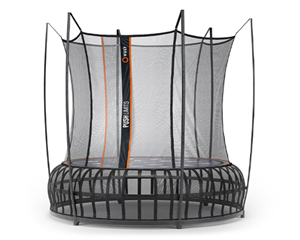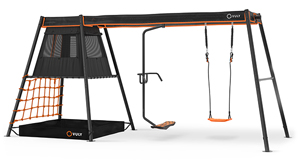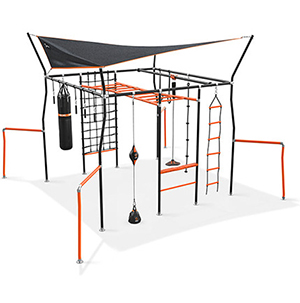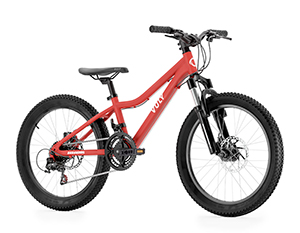Kids and adults alike recognize that trampolines provide hours of family fun, but did you know that they have a long history in assisting astronauts in space programs?
NASA has done extensive research to reveal how a trampoline can effectively prepare astronauts for their unique working environment. There are distinctive challenges associated with the loss of gravity, and these obstacles can affect astronauts even when they return back to earth. To combat health risks associated with space travel, scientists had to heavily research effective ways of preparing and maintaining the bodies of the men and women of NASA.
In 1980, a group of four scientists conducted a groundbreaking study that was later published as "Body Acceleration Distribution and O2 Uptake in Humans During Running and Jumping."To aid in their research, they enlisted the help of eight young men who were between the ages of 19 and 26. They asked their subjects to walk, jog, and run on a treadmill that was set to operate at four different speeds. As a comparison, they asked the same men to rebound to four different heights on a standard sized trampoline. They provided the subjects with identical sets of running shoes and exercise clothing and aimed to completely control any variables that could have swayed the results. The goal of the mission was simple: to measure young mens heart rates, oxygen consumption, and the effect of the exercising stimuli. The scientists hoped to find more effective ways of preparing astronauts for the physical challenges that lay ahead.
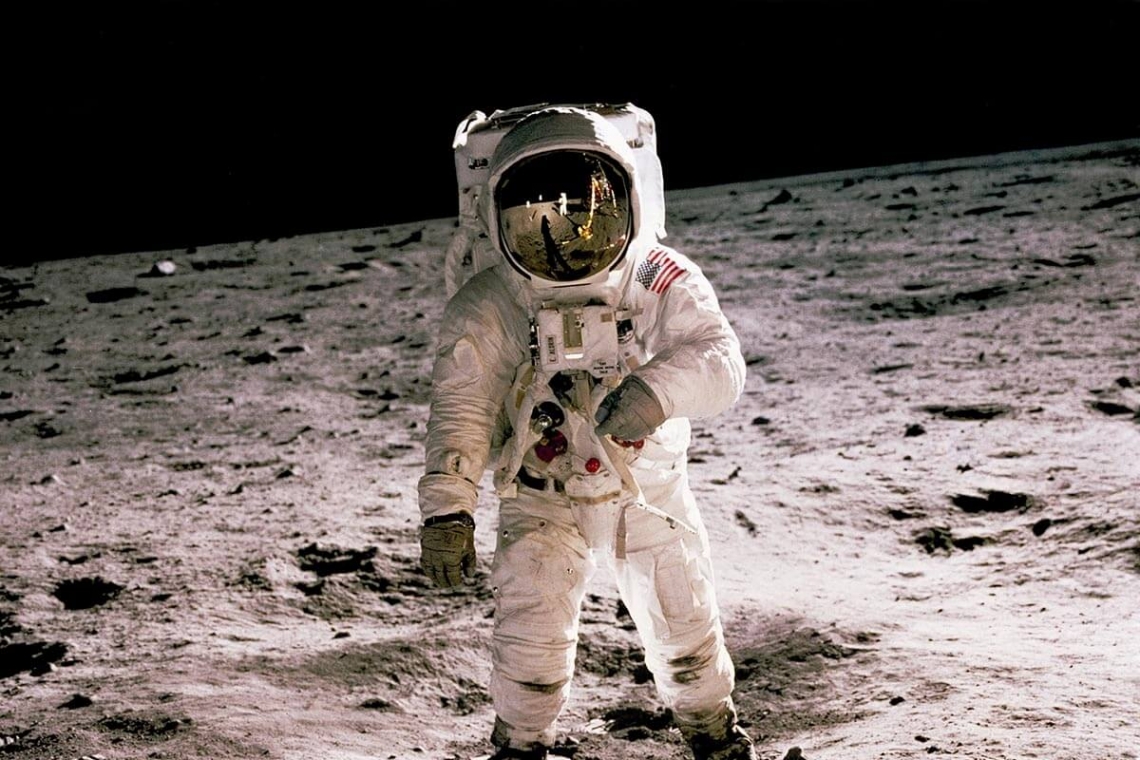
Trampoline Rebound Fitness Benefits
What they found was astounding—jumping on the trampoline was much more beneficial to the young men than running on the treadmill. The resulting document states, "The external work output at equivalent levels of oxygen uptake were significantly greater while trampolining than running. The greatest difference was about 68%. Now, if you had access to a gasoline that was 68% more efficient than the gasoline you are using in your automobile right now at the same price, wouldnt you take advantage of it? Well, we dont have the gasoline, but it does appear that we do have the exercise"(Bhattacharya, McCutcheon, Shvartz, and Greenleaf 884). While some scientists found this research to be shocking, the results were proven to be correct, without exception.
The scientists also noted that "... for similar levels of heart rate and oxygen consumption, the magnitude of the bio mechanical stimuli is greater with jumping on a trampoline than with running, a finding that might help identify acceleration parameters needed for the design of remedial procedures to avert deconditioning in persons exposed to weightlessness." In other words, training on a trampoline was a much more effective way to prepare the astronauts bodies for the challenges associated with space travel, both prior and after the mission. Astronaut Jerry M. Linenger writes about his pre-mission trampoline training, saying, "We started on a trampoline…. Flips, spins, sit-downs; a whole choreographed sequence was required to qualify me for space"(41). He later stated that the trampoline training prevented him from getting ill in while he was in space (Linenger 43). The physical preparation would not have been as effective without the use of trampolines prior to takeoff.
NASA Astronauts On Trampolines
So what exactly did this mean for the astronauts? The answer is simple. Astronauts could now train on trampolines to increase their physical fitness and to better prepare for flights, making space travel safer, more comfortable, and more beneficial for everyone involved. With better health, the astronauts could focus more on their work and spend less time coping with poor health. By improving the astronauts bodies, trampolines were improving space science.
Trampolines also greatly benefited the astronauts upon their return to earth. A loss of gravity poses multiple threats to the human body and can lead to a plethora of bodily changes, including a loss of bone mass. Exercising on trampolines, conversely, strengthens the body and increases bone mass. As more supporting research poured in, scientists were beginning to realize the full benefits that trampolines could provide.
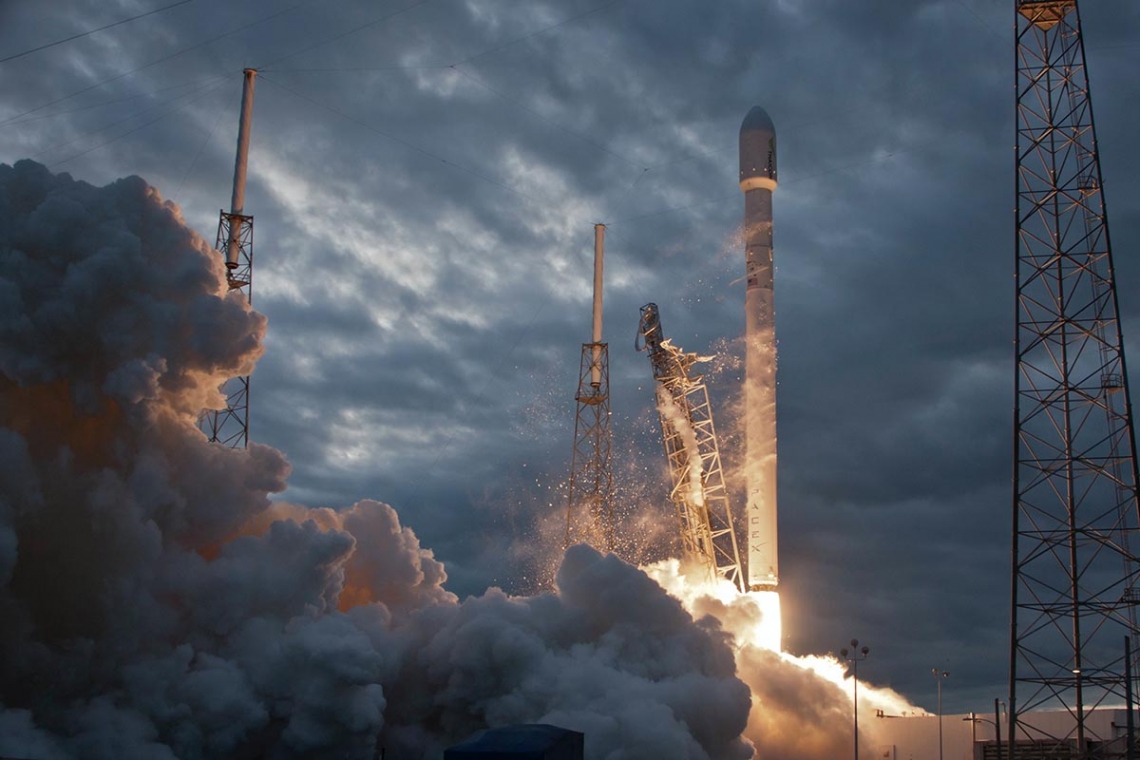
NASA Rebound Study Conclusion:
Jordan S. Rubin and Bernard Bulwer, weight loss experts, realize the connection of trampoline use and increased bone mass. They stated the following in their book, Perfect Weight America: "Jumping on a trampoline is one of the best and most complete anaerobic exercises you can do, since jumping strengthens muscles, tendons, and ligaments—and demands great energy. The acceleration, deceleration, and gravity pull positively stress your bones, which results in higher bone density (167). Higher bone density has been linked to stronger bones and a decreased incidence of fractures—a looming threat for returning astronauts. Furthermore, Bruce Fife states that weight-bearing exercise, like rebounding on a trampoline, helps protect against osteoporosis later in life (131). He goes on to state the following:
"Rebound exercise is "the most efficient and most effective form of exercise yet devised by man…(because) it does not just strengthen the muscles, but it strengthens every single cell of the body, both muscle and nonmuscle. It strengthens the bones, cartilage, joints, and every organ of the body. The liver, pancreas, kidneys, brain, etc are all subjected to the increased gravitational force of rebounding and will respond by growing stronger. In so doing, they build up increased resistance to disease. As a result, all of the systems and organs of the body function more efficiently"(131). Astronauts could allow encourage their bodies to recover from their time in space in an efficient and enjoyable way.
Frank Suarez, author of The Power of Your Metabolism, reiterates this information in a simpler way when he states, "NASA uses trampolines to exercise the astronauts when they return from space missions because it helps them regain their balance and recuperate their muscles after a prolonged period of time being in space without gravity"(146). NASA had noted that astronauts lost a considerable amount of their bone and muscle mass while in space and reported a compromise in balance. However, trampolines negated these effects---a crucial breakthrough in the development of space exploration.
Since this research was revealed, trampolines have been a staple in training for space exploration. The health benefits experienced by the NASA program and space explorers have been invaluable, and have led to even greater scientific breakthroughs. Whether users are bouncing under an open sky or playing among the stars, trampoline users can enjoy the endless benefits of rebounding exercise—in this galaxy and beyond.



















































